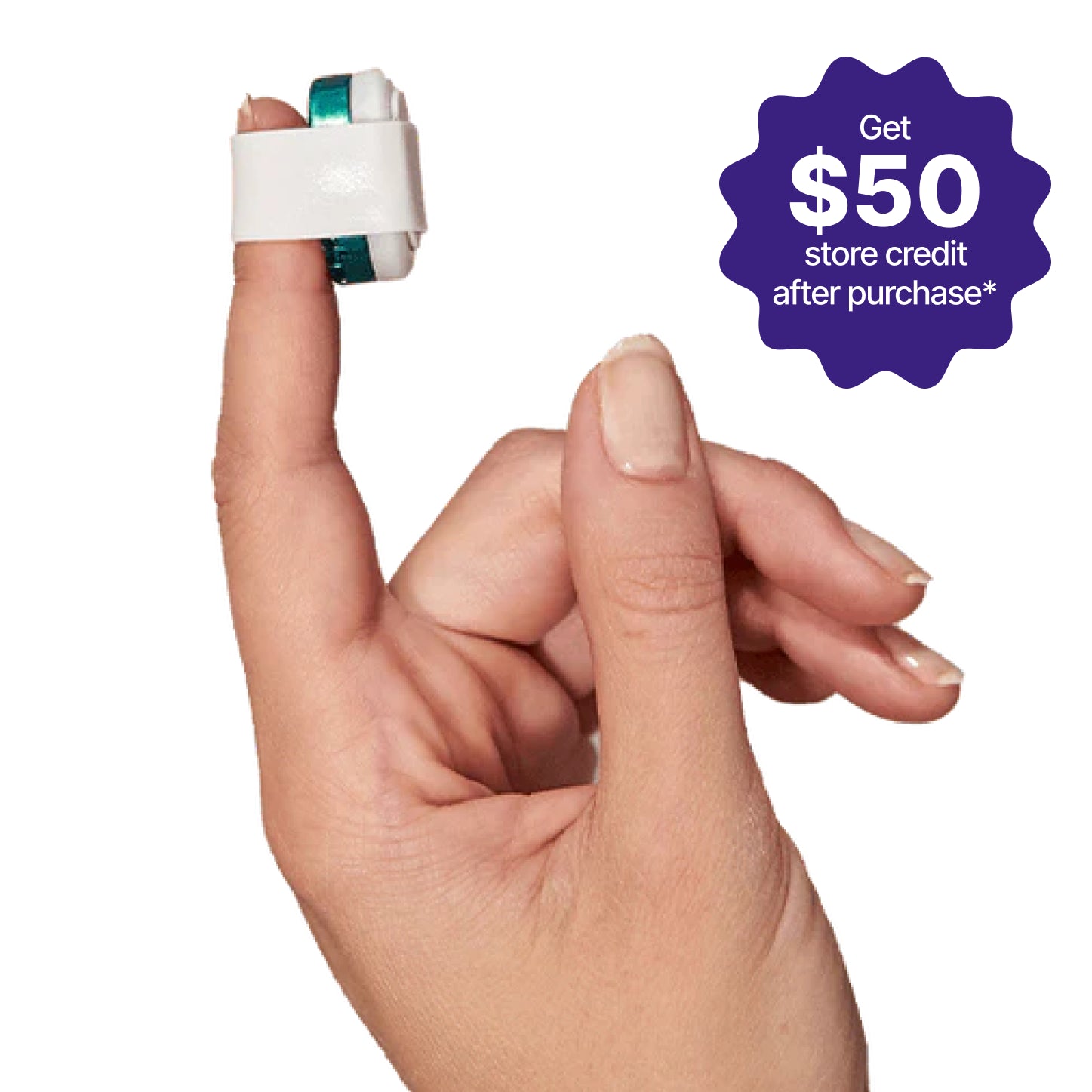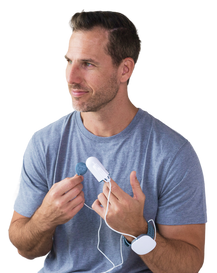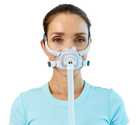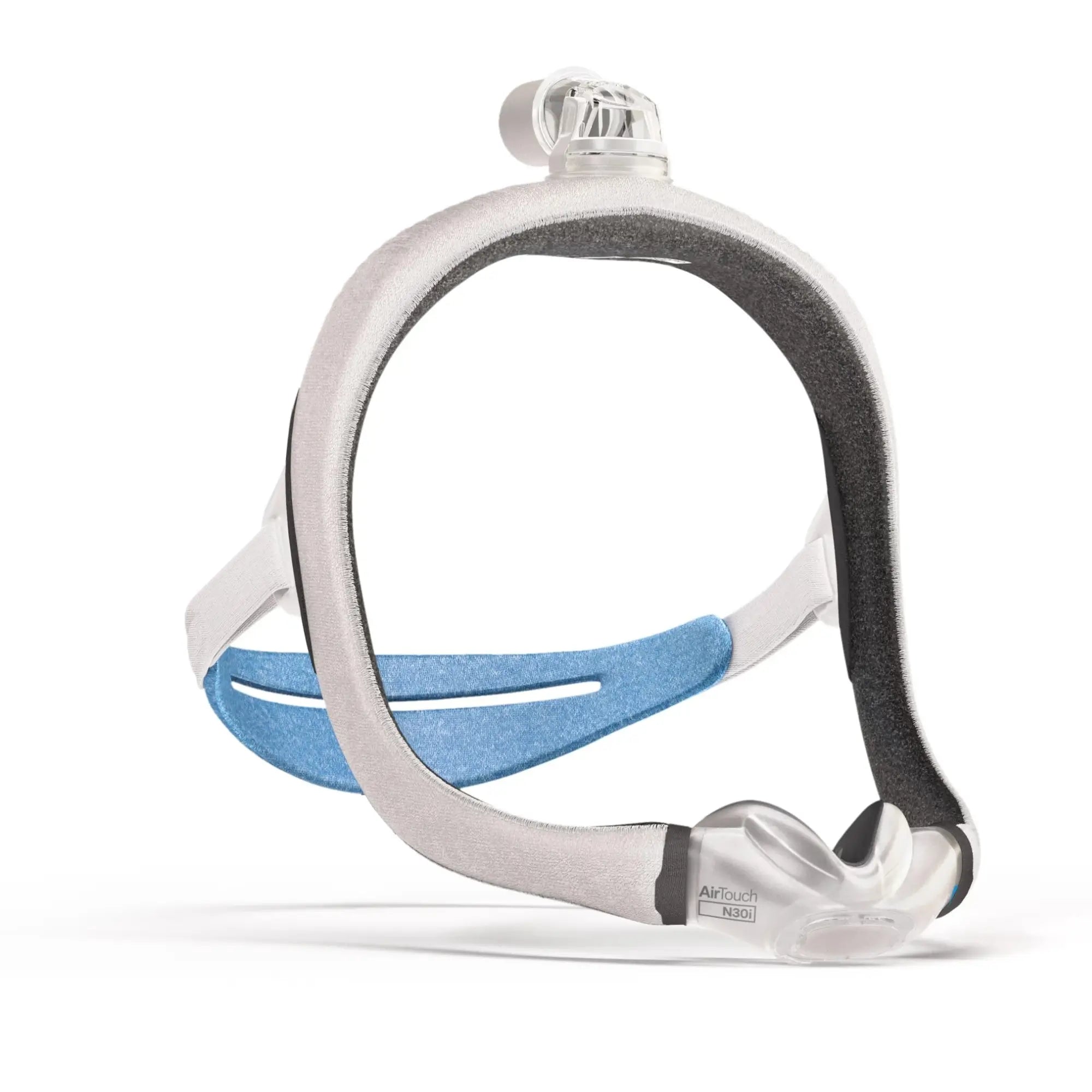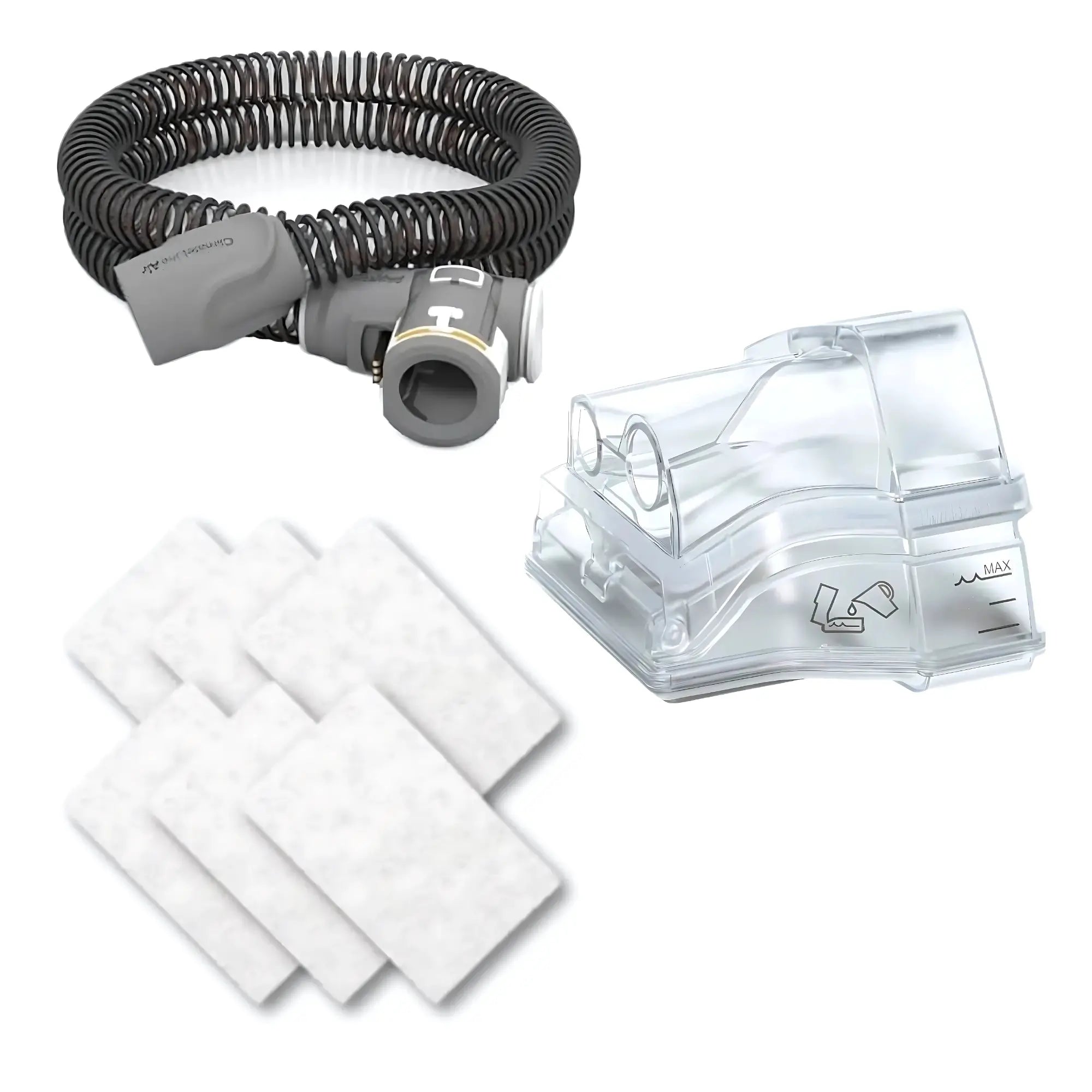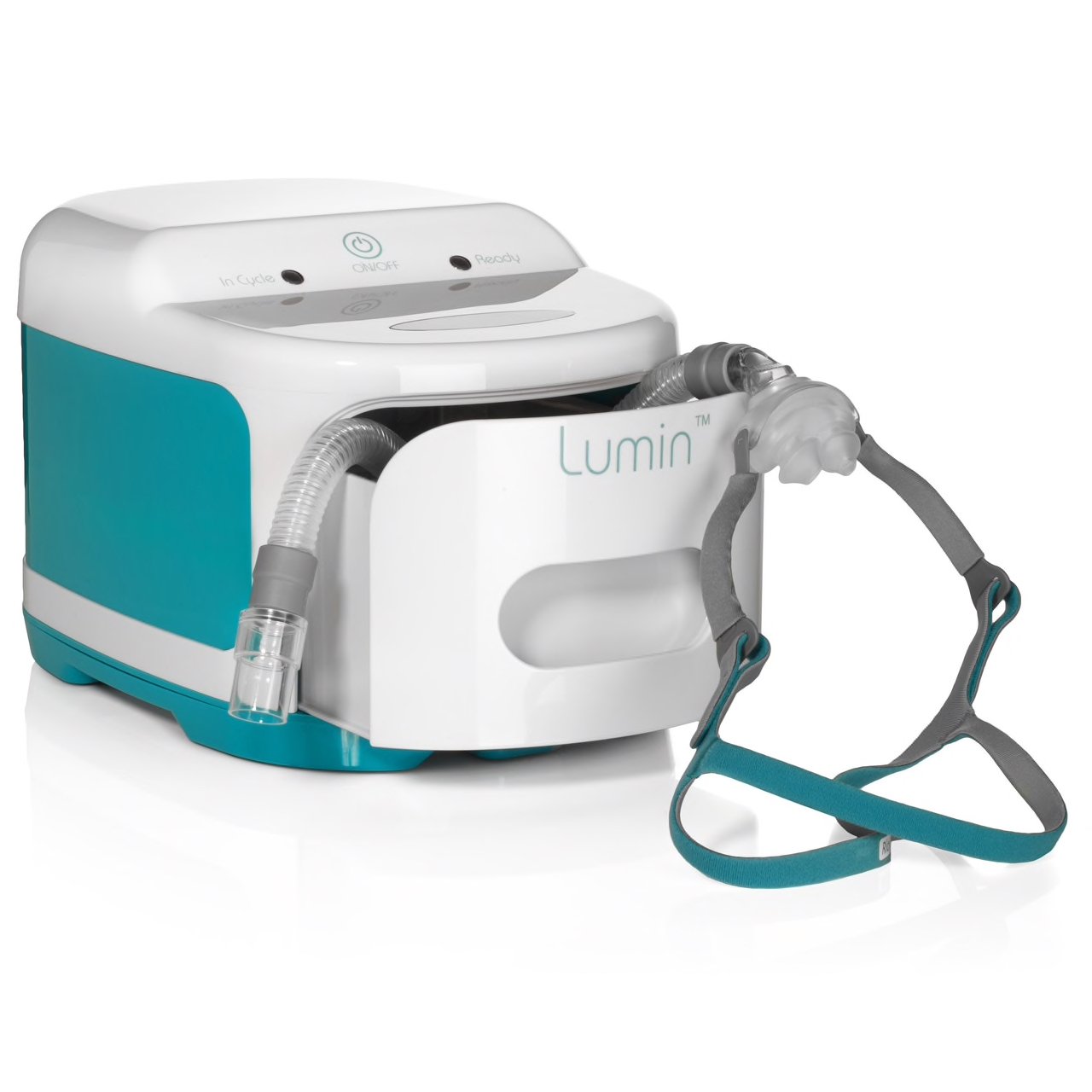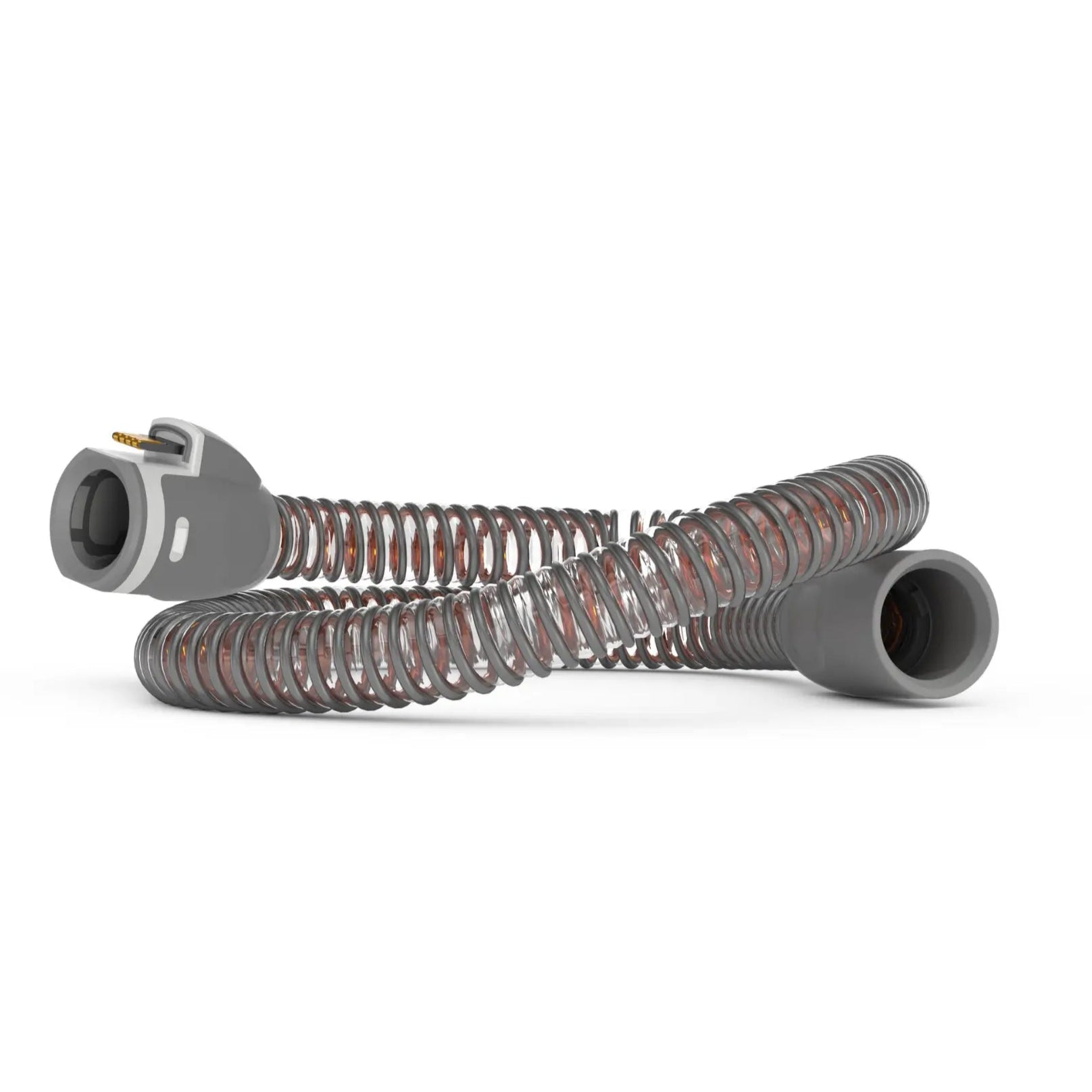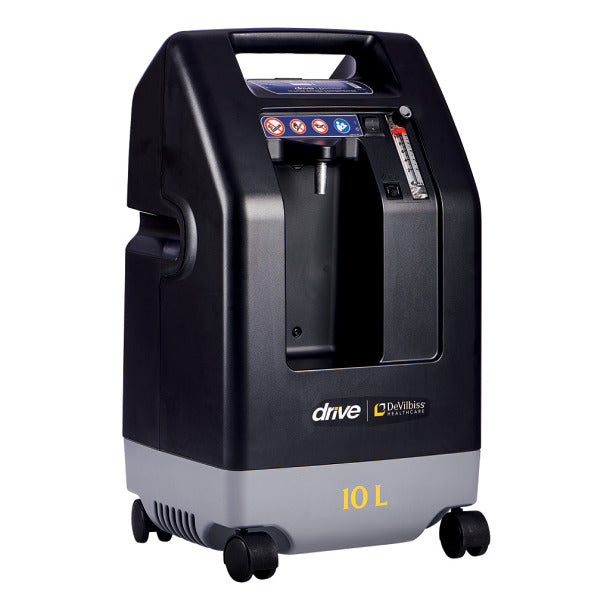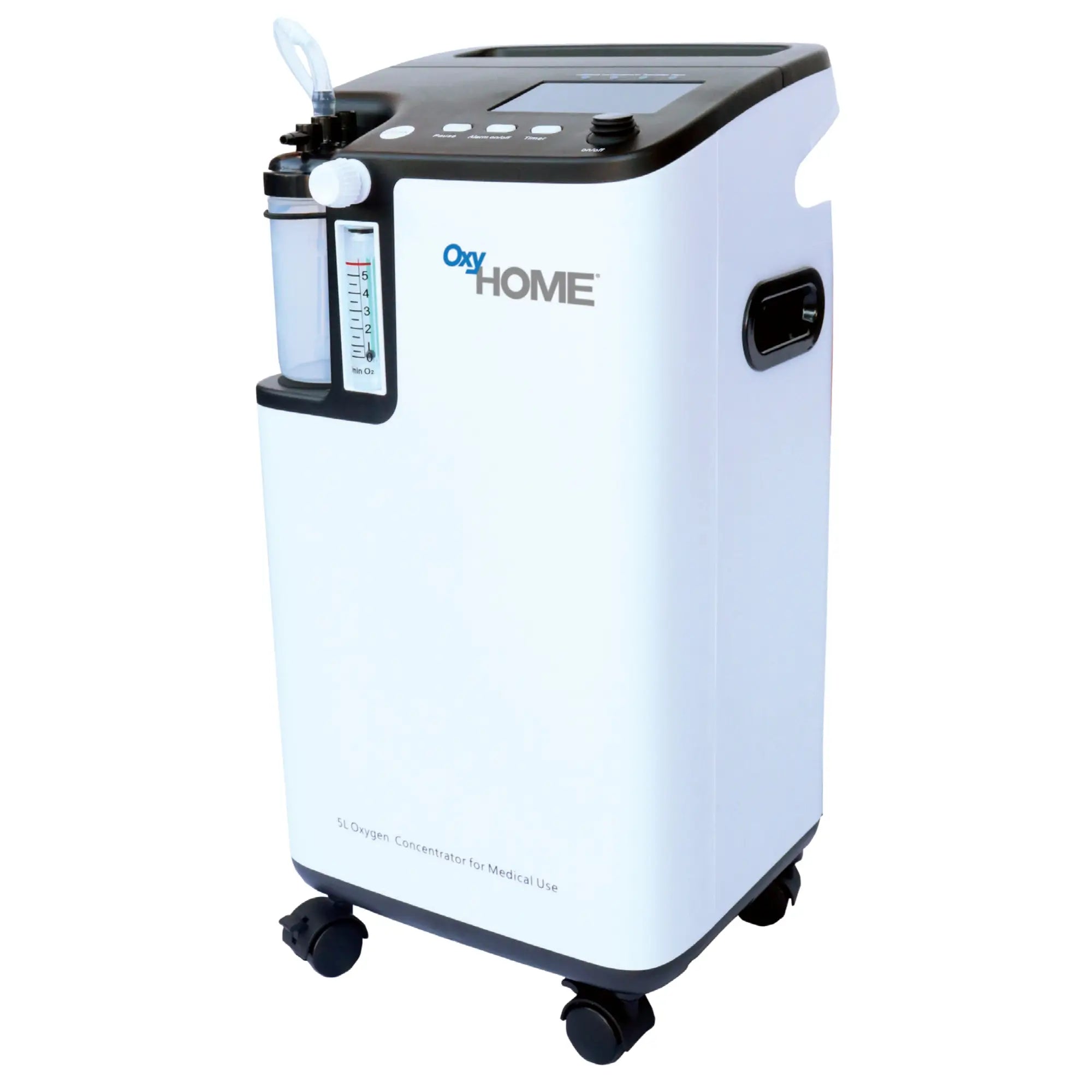What is Sleep Apnea?
Sleep is an integral part of human existence, serving as a recovery function for both the brain and body and is now, more than ever, the subject of clinical and research interest.
Obstructive sleep apnea (OSA) is a sleep disorder that occurs when the airways become partially or entirely obstructed repeatedly during sleep, causing an interrupted breathing pattern that leads to constant awakening and lack of quality sleep.
Poor sleep causes significant distress, including:
- Excessive daytime sleepiness
- Inability to focus
- Irritability
- Headaches
- Weight gain
But there's hope! OSA is a treatable disorder and, with proper diagnosis and treatment, many people have complete resolution of their symptoms and can avoid health consequences related to their condition.
Sleep Apnea Health Consequences
Living with sleep apnea, especially if it goes untreated, can increase your risk of developing:
- high blood pressure
- heart disease
- diabetes
- metabolic syndrome
- liver problems
Sleep Apnea Treatment Options
Treatments include surgical and non-surgical options. Usually, people exhaust non-surgical alternatives before considering surgical treatment, and there are various things you can implement to treat your condition.
For milder cases, lifestyle changes, such as losing weight, quitting smoking, changing sleep positions, and nasal allergy treatments, can improve the situation. In the case of moderate to severe apnea, specific devices like CPAP machines can help open up a blocked airway. In other cases, surgery might be necessary. Please talk with your doctor about any treatment before you try it.
Non-surgical treatments:
- CPAP Machine
A continuous positive airway pressure (CPAP) machine is the most common and most reliable method for treating sleep apnea. The CPAP machine pushes a steady airflow through a mask that you wear during your sleep to keep your airway open. The latest CPAP technology advancements have enabled patients with sleep disorders to rest more comfortably and sleep more soundly thanks to patient-centered devices with ergonomic designs that fit different lifestyles.
- BiPAP Machine
A BiPAP (bi-level positive airway pressure) machine provides a flow of air similar to the CPAP Machine to keep your airways open without the constant pressure all the time. Some users find the BiPAP more comfortable as it gives less air while you breathe out, but it's a matter of preference.
- Oral Appliances
Dental devices can prevent airway obstruction or blockage by positioning the lower jaw forward, clearing the throat's back, and opening your airway.
Surgical Treatments
There are many sleep apnea surgery options, depending on how severe your sleep apnea is and your overall health. Surgery is usually the last resort after other treatments have failed.
Nasal Surgery

This procedure called septoplasty increases airflow through the nose by removing nasal polyps called turbinate reduction or repositioning/straightening a deviated nasal septum. Although these may not entirely cure obstructive sleep apnea, it may improve breathing through the nose and may also help people who snore and enhance CPAP therapy benefits. This is one of the most common outpatient procedures for this type of issue.
Upper Airway Surgery
The most common procedure is called uvulopalatopharyngoplasty (UPPP). This operation involves widening the airway behind the tongue by removing the excess tissue from the throat's sides, shortening the soft palate, and removing the uvula. It requires hospitalization, and recovery may take several weeks. Snoring is often improved, yet complete resolution or significant improvement in sleep apnea is not always guaranteed. Consider discussing the side effects and success rates of the surgery with your sleep medicine doctor.
Maxillomandibular Advancement (MMA)
This procedure sets a higher risk and more prolonged recovery. It involves moving the jaw forward to create more space behind the tongue to open up your airway.
Tracheostomy
A tracheostomy performed in severe cases involves a surgically created opening in the trachea below the larynx level or voice box. This opening bypasses the obstruction area, allowing patients to plug the space during the day, to speak normally, and remove the plug for sleep.
Hypoglossal Nerve Stimulation
This surgery involves placing a stimulator for the nerve that controls tongue movement (hypoglossal nerve) to keep the tongue in a position that keeps the airway open, preventing it from collapsing backward, thus clearing upper airway obstruction. This procedure will provide upper airway stimulation
Other Procedures
Several other operations include the removal of tonsils or tonsillectomy, removing the adenoids, tissue shrinkage through radiofrequency, genioglossus surgery, stiffening the soft palate with stents, and relocating the hyoid bone. There is no evidence showing high success rates with these procedures. However, they should be discussed with your doctor to determine individual benefits.
What are the risks of surgery for sleep apnea?
While all surgeries carry risks, patients with obstructive sleep apnea are particularly vulnerable during anesthesia and sedation.
Many general anesthesia procedures relax the throat muscles, leading to an increased rate of difficulties securing the airways, requiring additional support to help breathe during the process and recovery.
Consult with your doctor

It's recommended to give other treatments a try for at least three months before considering surgery, including CPAP therapy and lifestyle modifications.
Undergoing surgery for sleep apnea is a big decision and should be thought carefully with your health care provider or otolaryngology doctor to determine which is the best form of treatment for you.
Evaluate your situation, symptoms, underlying health conditions, risk factors, and success rates for specific treatments to make an informed decision.



